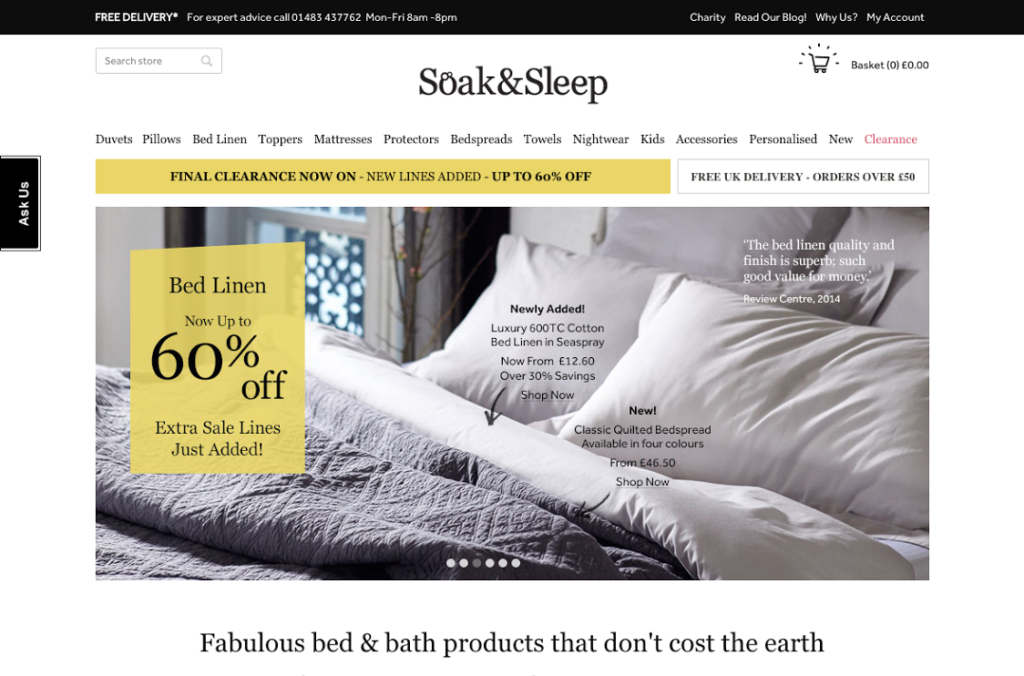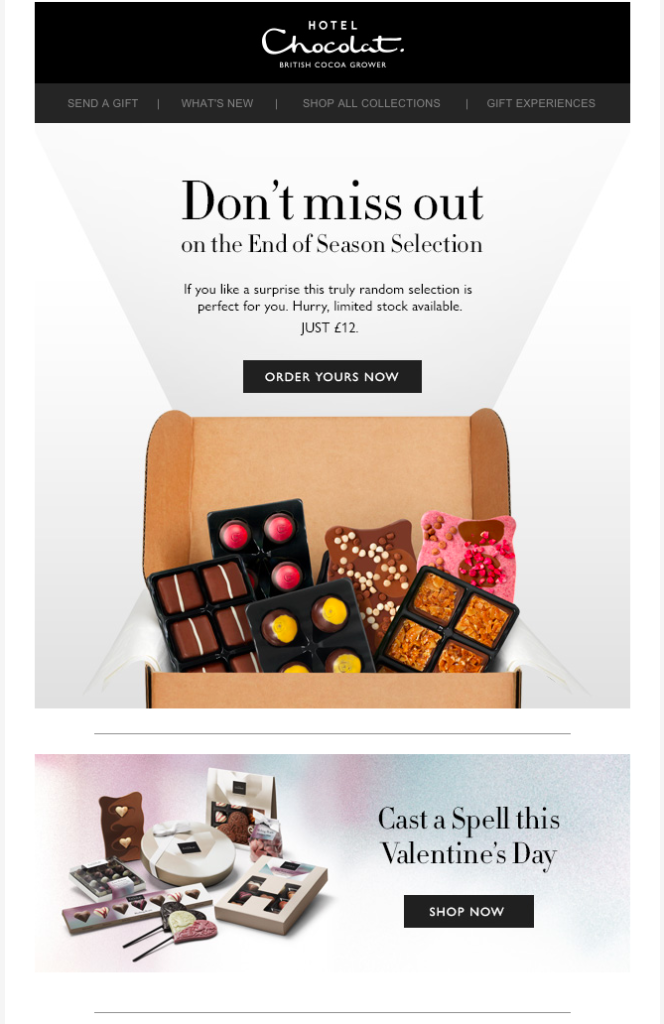Your masterplan for marketing to the customer experience
Marketers are always looking for something that will help them break through the messaging clutter and make an indelible impression. Many go to great lengths and spend huge amounts of money only to find their efforts barely register on the public consciousness.
Here’s a shocker: You won’t find the answer by chasing some shiny new tech toy. Instead, use what you already have to communicate better with your customers.
That’s the thinking behind Customer Experience Marketing. You can market more effectively by moving to a messaging strategy that aligns personalised, relevant content with all of your customer’s experiences with your company.
Customer experience marketing uses all of your digital channels – email, social media, your website and mobile apps – to listen for the signals your customers are sending you and to create messaging that acknowledges, responds to and informs your customers as they move through their relationship with your company.
Instead of shouting messages to your customers and hoping something sticks, you send messages that align with your unique “touch points” – all the places your customers come in contact with your company, your products, your messages and your employees as they move from prospecting to purchasing and either become loyal or move on to your competition.
Why market to the customer experience?
Evolving to this marketing strategy is not a simple process. It takes a Titanic-sized shift in mindset throughout your company and a corresponding alteration in messaging content and strategy. Why? Because you have to take a hard look at all of your “touch points,” assess how you are messaging them now and see where you need to change.
It works, though, because you are creating more valuable and relevant messages that make you a partner with your customers instead of just one more company trying to sell them things.
Three principles of the customer experience:
Begin by understanding these essential facts about the customer experience, as outlined in dotmailer’s guide, “2016 Customer Experience Masterplan: Getting in the mind of the customer:”
- It’s consistent across all channels.
- It lets your customers decide how and when to connect with you.
- It’s seamless across devices.
Beyond these fundamental principles, Customer Experience Marketing asks you to make some substantive changes in your marketing strategy and tactics. Here are several:
1. Take a holistic approach:
This is another essential aspect of Customer Experience Marketing. Holistic email marketing uses content, data, technology and marketing automation to create 1:1 messaging that is infinitely more useful and valuable to customers than blanket batch-and-blast messaging.
This 1:1 messaging is at the heart of the entire Customer Experience Marketing programme. It tells your customers that you know who they are. They aren’t just a faceless mass.
Soak&Sleep’s email leads to a landing page that visually supports the email. There is no disconnect and the offer that was used as being the incentive to click is very visible and seen immediately upon landing on the page.

Above: Soak & Sleep’s email. Below: Soak & Sleep’s landing page.

2. Optimise the customer journey:
The customer journey from prospecting to purchasing to loyalty is at the heart of Customer Experience Marketing. Look for ways you can use email to remove barriers and help keep your customers moving forward throughout the journey:
- Streamline your transactional processes.
- Use progressive profiling.
- Add abandonment alerts.
3. Be persuasive (but not “always selling”):
Ask yourself this: How does each email we send persuade our customers to keep taking steps on their journey with our brand? One way is to make it easy for them to interact with your emails:
- Mark out a clear path for your customers to follow.
- Use explicit and implicit psychological cues that direct action.
- Use psychology-based persuasion tactics at points all along the customer journey.

4. Use data to create 1:1 messaging:
Data collection, automation and personalisation help you create unique messages that reflect each customer’s interests and actions and anticipate, react and seek to manage their actions.
Here is an example of some 1:1 messaging that can be achieved with email marketing. Using touch points, real-time delivery and dynamic content based upon the customer’s behaviour, every email below can be a unique 1:1 message.
Originally published on dotDigital
In today’s competitive market, focusing on customer experience is essential. Rather than relying on tactics, a strategic approach that aligns personalized content with customer touchpoints can significantly enhance engagement and loyalty. Explore how to shift your mindset and elevate your marketing strategy.
Transform your marketing strategy by focusing on customer experience. Contact Holistic Email Marketing to create personalized, engaging campaigns that resonate with your audience.

